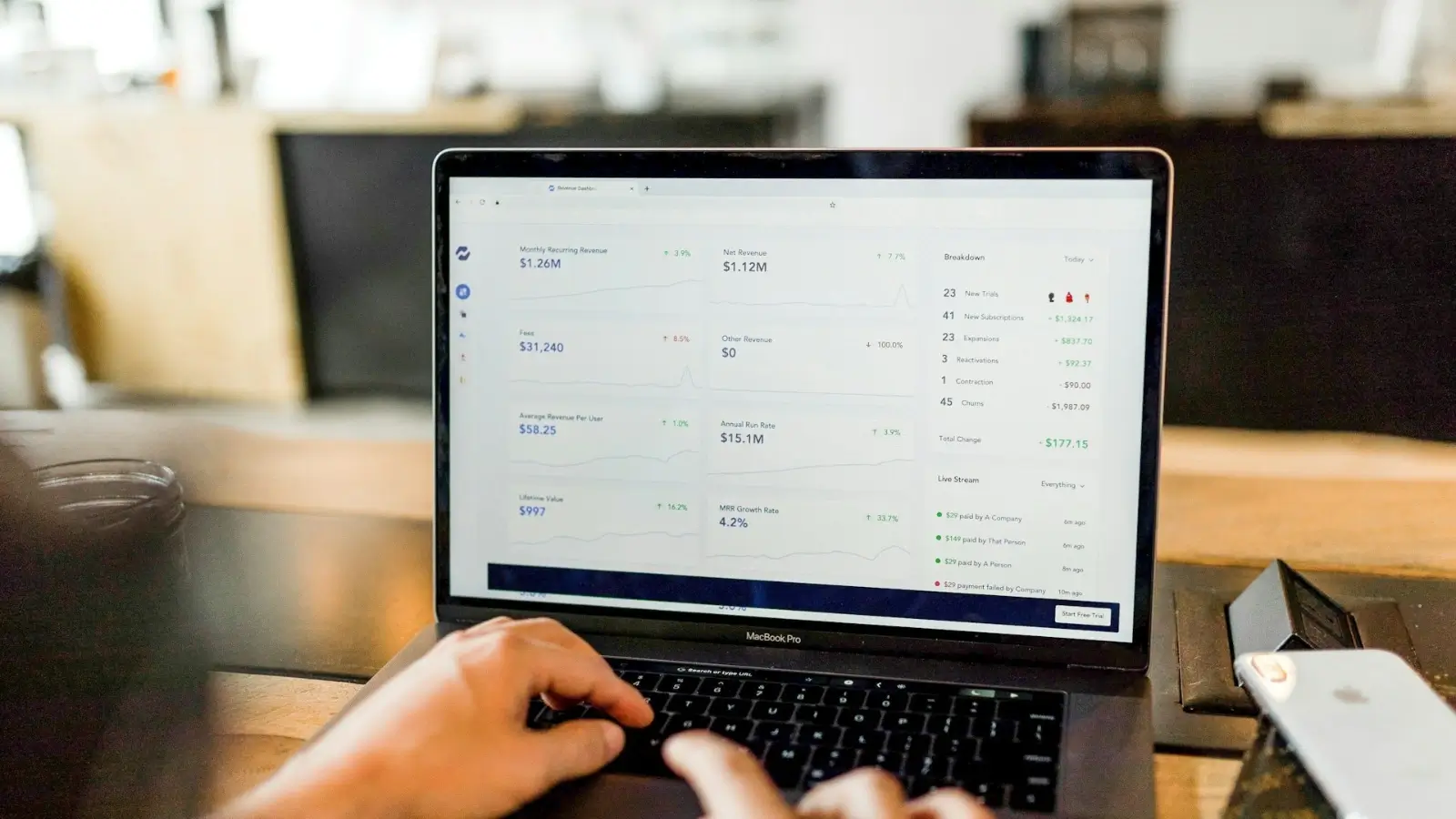


Successful trading is the art of risk management, not its avoidance." Are you aware that over 90% of intraday merchants experience financial losses? Sharp strategies and rapid decision-making are essential for intraday trading. This article investigates established strategies for optimizing trading performance, including algorithmic methodologies and technical analysis. Have you ever been feeling inundated by the market's rapid pace? We will deconstruct effective strategies to assist in confidently navigating the rapidly changing trading environment. Intraday trading thrives on precision and speed. Immediate Richmax serves as a bridge to firms offering insights to refine such fast-paced strategies.
Candlestick patterns visually represent market movements. Identifying formations such as Hammer or Doji can indicate potential reversals or continuations. These patterns are enhanced by trend lines, which emphasize the direction of price fluctuations.
It is possible to make informed trading decisions by accurately drawing trend lines, which assists in identifying support and resistance levels. For example, traders who perfected these instruments could capitalize on rapid price fluctuations during the 2023 tech surge.
Momentum indicators provide key insight into price movements by monitoring momentum indicators like the Relative Strength Index (RSI), Moving Average Convergence Divergence (MACD), and Bollinger Bands.
MACD measures two moving average relationships to detect prospective buy or sell signals while RSI monitors overbought/oversold conditions; Bollinger Bands can predict price breakthroughs or consolidations by measuring market volatility; using Bollinger Bands can give traders insight into predicting significant events like breakthroughs/consolidations through Bollinger Bands is like getting stock market weather reports! Have you used momentum indicators before? It gives traders insights like stock market prognoses!
The intensity of price fluctuations is revealed through the examination of trade volumes. A high volume frequently verifies a trend's intensity, while a low volume may suggest a lack of conviction. Traders can make more precise predictions and discern market sentiment by examining volume and price fluctuations.
For example, a price increase that is accompanied by high volume may indicate that there is significant purchasing interest. In contrast, the same price move with low volume could indicate a potential reversal. Volume analysis provided critical trading insights during the 2022 commodity fluctuations, making this method pivotal.
To optimize profits, entering the market at the appropriate time is essential. Traders employ a variety of signals, including pullbacks to support levels or breakouts from critical resistance levels, to ascertain the most advantageous entry points.
The combination of multiple indicators increases the probability of effective trades. Have you ever experienced the sensation of missing the ideal entry? Timing is inevitable; however, it becomes considerably less uncertain with the appropriate approach.
Exiting a trade at the appropriate time to initiate it is equally critical. Setting profit objectives and recognizing when to reduce losses are essential to effective exit strategies. Traders can secure their advantages as the market moves by employing trailing stops.
Furthermore, the identification of reversal patterns can indicate when to exit a position prior to prospective downturns. Consider the scenario in which your preferred team scores the winning goal. Awareness of the precise moment to commemorate your profits is crucial.
Stop-loss and take-profit orders are automated safeguards designed to maximize profits while protecting against substantial losses. A stop-loss order aims to avoid additional losses by automatically initiating sales when the stock reaches a predefined price, while take-profit orders guarantee profits upon meeting specific price objectives - both aid in maintaining disciplined trading by eliminating emotional decision-making in trading processes; these instruments act like safety nets by offering confidence knowing your transactions will always be overseen even when you're away from them.
The process of developing trading algorithms entails the programming of precise rules that are derived from market data and technical indicators. These algorithms implement trades automatically, thereby reducing emotional bias and enhancing efficiency.
Before deploying their algorithms in live markets, traders can refine their strategies by backtesting them using historical data. This method facilitates consistent and disciplined trading, crucial for intraday success. Have you considered the possibility of utilizing an automaton to manage your trades? Algorithmic trading is not science fiction.
The execution of a large number of orders at an exceedingly high speed is achieved through the use of powerful computers in High-Frequency Trading (HFT). By exploiting minor price discrepancies among various markets, HFT has the potential to generate substantial profits.
However, it is impeded by numerous challenges, such as the requirement for sophisticated technology and exorbitant infrastructure expenditures. Additionally, the potential for HFT to exacerbate market volatility has the potential to cause concern among both regulators and traders. It is imperative that individuals who are considering HFT strategies balance the risks and benefits.
Machine learning improves intraday trading by analyzing enormous quantities of data to identify patterns and forecast future price movements. These algorithms can adjust to evolving market conditions, enhancing their precision.
By integrating machine learning, traders can make more informed judgments and acquire more profound insights. For instance, a competitive advantage can be achieved by anticipating an abrupt stock price increase using historical data and current trends. Who knew that instructing computers to learn could result in more intelligent trading strategies? It is akin to possessing a crystal globe that is powered by data.
Intraday trading requires an array of strategic planning, technological innovation, and technical proficiency, and traders can gain more significant success in these fast-paced markets by mastering advanced technical analysis skills such as entry/exit strategy refinement and algorithmic approaches adapted to market changes. Are you prepared to elevate your trading skills? Explore these strategies today to enhance your intraday trading experience!
Strategy and discipline are essential components of intraday trading. Traders can enhance their likelihood of success by employing sophisticated strategies and meticulous planning. The adoption of these strategies promotes improved risk management and decision-making. Are you prepared to improve your trading skills? Implementing these strategies can result in more consistent and profitable trading experiences.